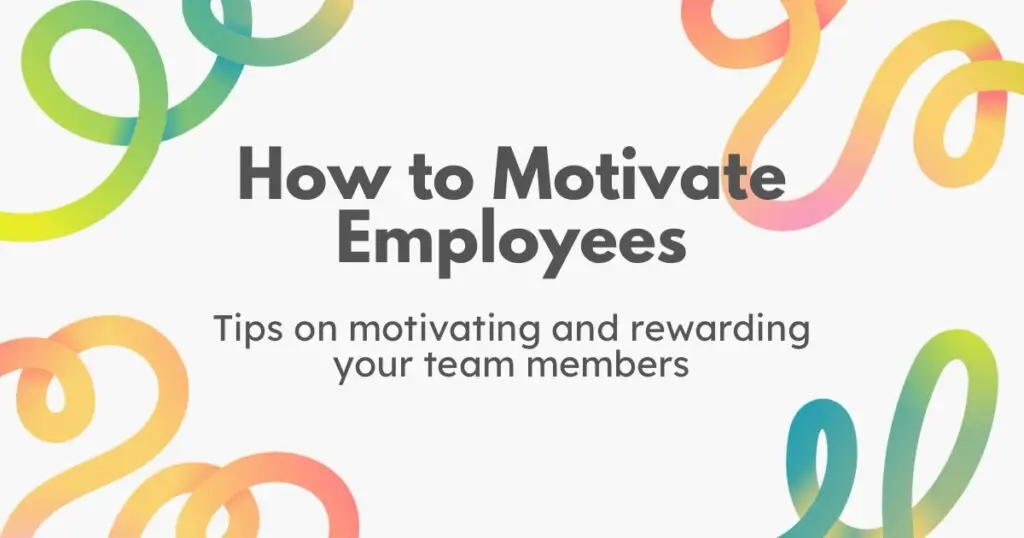Highlights:
Scenario : A Real-World Leadership Moment
Your team is gearing up for a big campaign launch. Everything’s ready; except the confidence in the room. The manager walks in, checks progress, gives quick orders, and leaves. Later that day, another person, maybe not even the boss, steps in, asks what’s blocking progress, listens, encourages, assigns tasks clearly, and stays until the end. Suddenly, the energy shifts.
That’s leadership in action. It’s not about job titles; it’s about impact, trust, and the ability to turn uncertainty into execution.
What Is Leadership?
Leadership is not about having control – it’s about creating direction and trust. A good leader doesn’t just give instructions; they bring people together around a shared goal and make everyone feel capable of contributing to it.
In contrast, when people work under poor leadership – unclear directions, fear-based management, or ego, they disengage. Studies by Gallup show that 70% of team engagement is directly linked to the quality of leadership. That’s how powerful it is.
The 5 Most Impactful Traits of a Good Leader
1. Integrity
Leadership begins with trust. Your team needs to believe you mean what you say. Whether it’s a small promise or a big commitment, follow-through builds loyalty faster than charisma ever could.
2. Empathy
The best leaders listen before speaking. They understand what drives their people and what slows them down. Empathy doesn’t make you soft; it makes you smart.
3. Vision & Communication
Clear direction builds confidence. People don’t follow ideas – they follow clarity. When you articulate vision simply, you help your team see where they fit into something bigger.
4. Accountability
Owning mistakes and celebrating wins fairly sets the tone for everyone else. When leaders take responsibility, it encourages teams to do the same.
5. Execution
Good ideas fail without consistent action. Leaders who execute well keep momentum, remove obstacles, and drive results that speak for themselves.
How to Become a Good Leader
Leadership isn’t a gift – it’s a skill you can grow with awareness, effort, and patience.
Start with Self-Reflection
Ask your team for honest feedback. What’s it like to work with you? You’ll be surprised how revealing that can be.
Lead Small Before Leading Big
Take ownership of a project or a small team. Practice empathy, communication, and accountability there first – it’s your training ground.
Invest in Learning
Read, observe, and study leadership from different industries. From Apple’s operational discipline to Chick-fil-A’s people-first approach, there’s something to learn from every success story.
Develop Emotional Intelligence
Recognize your own stress triggers and how they affect your team. Leaders who regulate their emotions make better, faster, calmer decisions.
Create Systems for Growth
Leadership development doesn’t happen by accident. Build routines that keep you learning—mentorship, workshops, or regular debriefs after projects.
How to Develop Leaders in Your Organization
A good leader doesn’t create followers, they create more leaders.
Here’s how you can start:
- Delegate responsibility, not just tasks. Give people ownership of outcomes.
- Offer mentorship. Share context, not just instructions.
- Recognize initiative. Reward those who take charge, even in small ways.
- Encourage peer-to-peer learning. Leadership spreads fastest when it’s modeled and shared, not dictated.
Over time, you’ll see a ripple effect – teams that think for themselves, execute better, and show genuine accountability.
Conclusion
True leadership isn’t about being in charge, it’s about bringing out the best in others.
A good leader listens, communicates, empathizes, and acts decisively. Whether you’re a CEO, manager, or team member, leadership starts with you – how you choose to show up, how you treat people, and how you handle the moments that matter most.
Share this post with your colleagues, and subscribe below to Early Bird Strategy for insights on leadership, business, and brand growth.



